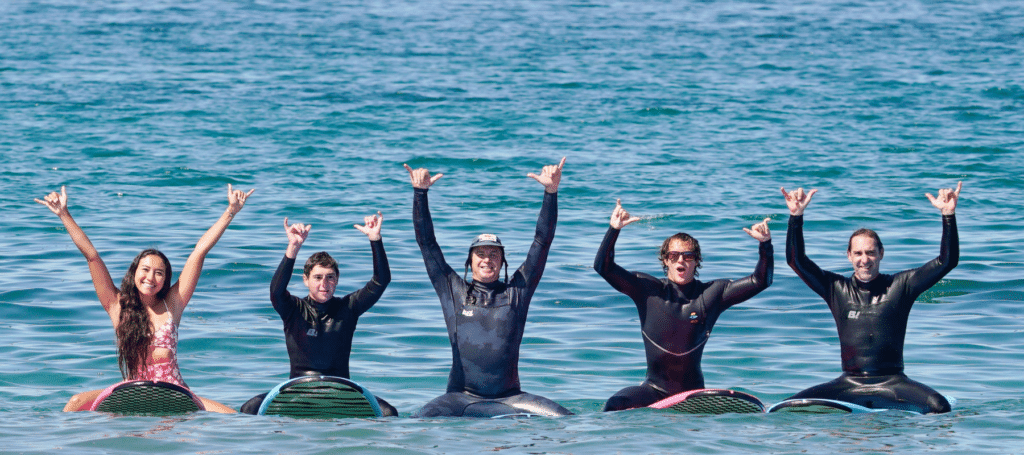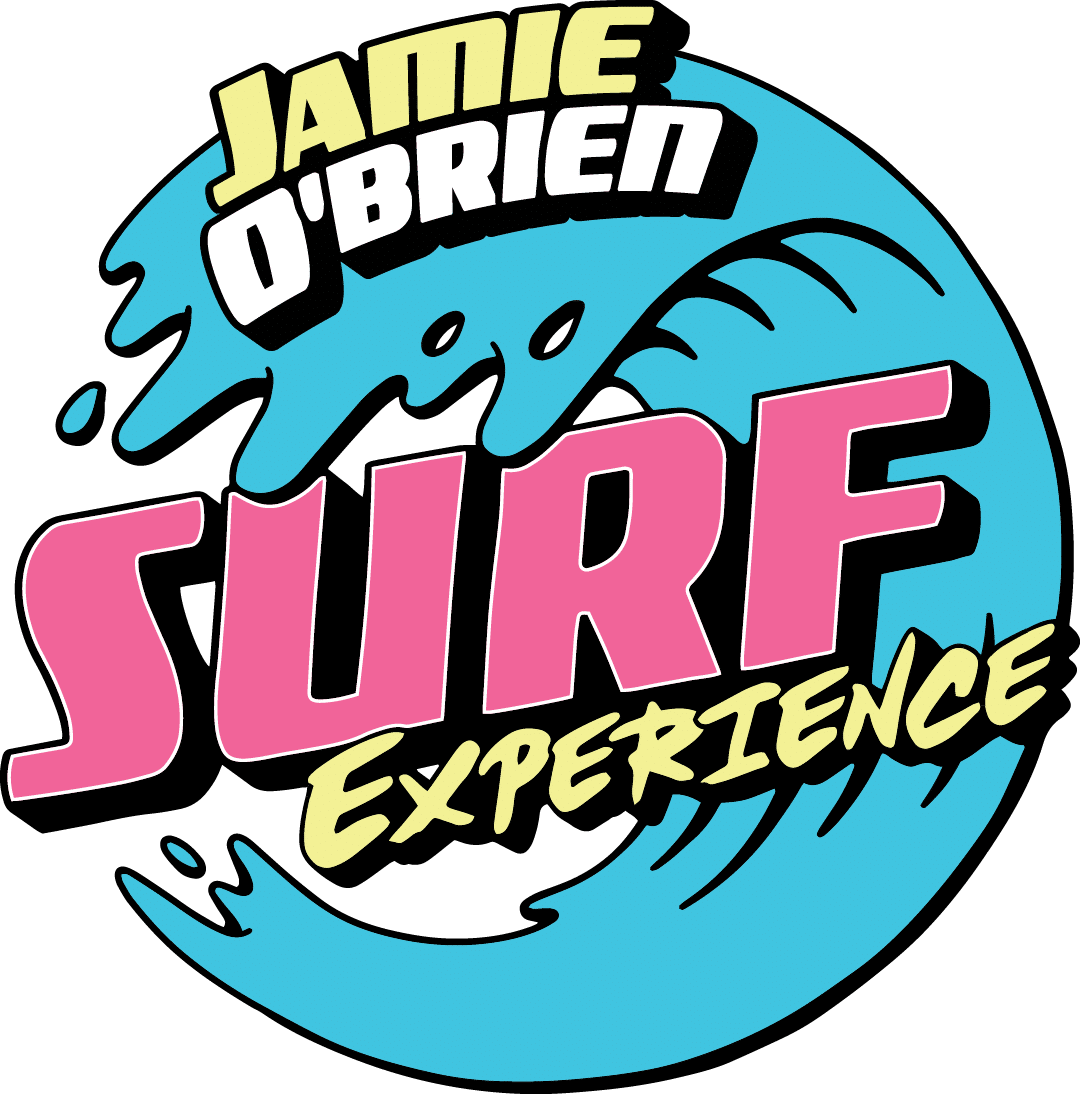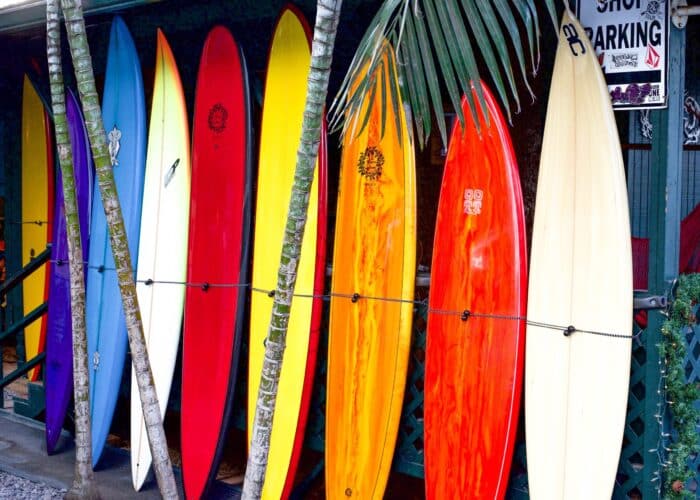…And Where to Surf Instead

Yes, there are world-class waves that surfers can no longer ride—legendary breaks like First Peak at Sebastian Inlet, Cape St. Francis, Killer Dana, and Jardim do Mar have vanished due to development, erosion, or environmental change.
In surfing history, waves have come and gone, some fading naturally, others lost overnight due to human interference. To a surfer, a great wave isn’t just a place to ride, it’s a canvas, a challenge, a part of the community. When these breaks disappear, they leave behind stories, nostalgia, and a deeper understanding of our relationship with the ocean.
-
Sebastian Inlet – Florida, USA
Once the crown jewel of Florida’s Atlantic coast, Sebastian Inlet offered surfers a high-performance right-hander known as First Peak. Created by a nearby jetty, this wave broke at nearly twice the size of anything around it. Icons like Kelly Slater and the Hobgood brothers cut their teeth here.
In the early 2000s, a municipal jetty refurbishment altered the wedge effect that made First Peak so special and the wave disappeared almost overnight. Efforts to bring it back are ongoing via the First Peak Project.
Explore the full story of First Peak
-
Cape St. Francis – South Africa
For many surfers, Cape St. Francis is immortalized in Bruce Brown’s Endless Summer, which showcased picture-perfect right-handers rolling endlessly down the coast. Known as Bruce’s Beauties, this break became a symbol of the global surf dream.
Unfortunately, oceanfront development destabilized the dunes and changed the wave mechanics forever. While Cape St. Francis remains an iconic name in surfing history, the magic wave it once held is gone. Luckily, J Bay isn’t far and continues to deliver epic rides for those chasing perfection in South Africa.
Learn more about Cape St. Francis
-
Killer Dana – California, USA
Killer Dana was once one of California’s most beloved point breaks, offering long, cruisy rides that were ideal for the classic 1960s style of surfing. But the Dana Point Harbor was built without consideration of this iconic surfing spot and the break was effectively destroyed.
The surf community still mourns the loss of Killer Dana.
Watch footage of extinct break and learn more about the story of Killer Dana
-
Jardim do Mar – Madeira, Portugal
Often called the Hawaii of Europe, Madeira once boasted one of the world’s most powerful point breaks at Jardim do Mar. It was steep, hollow, and perfect for big wave riders.
But in 2003, a newly constructed seawall interfered with the wave’s natural flow, turning a world-class surf spot into a backwash-riddled break that’s now barely rideable at mid to high tide. Jardim do Mar is still surfed today—but it’s no longer what it once was.
Read more about this iconic spot
Where You Can Still Surf Iconic Waves

While these four breaks have disappeared, some of the world’s most legendary waves are still going strong, especially on the North Shore of Oʻahu. From Banzai Pipeline to Sunset Beach, this coastline is rich in surfing history and continues to attract elite surfers from around the world. Check out our guide to Oʻahu’s most iconic surf breaks.
If you’re not quite ready to drop into double-overhead barrels, you can still experience the magic of surfing in this iconic region. Turtle Bay offers the perfect starting point for beginners and returning surfers. Located just minutes from world-famous surf breaks, Turtle Bay is home to the Jamie O’Brien Surf Experience—which is home to the North Shore’s best surf lessons. Whether you’re stepping on a board for the first time or coming back after time away, the Jamie O’Brien Surf Experience offers:
- Warm, private, beginner-friendly waves
- World-class instructors
- Adaptive surf lessons led by champions
- Accessible facilities for all ages and abilities
- A chance to experience the magic of Hawaii’s surfing culture
Book your surf lesson at JOB Surf Experience and catch a wave that’s here to stay.
Frequently Asked Questions
Q: What can I do to help preserve surf spots?
A: Support organizations like the Surfrider Foundation, which protect oceans, waves, and beaches through advocacy and grassroots action. You can also join local beach cleanups and push for sustainable coastal policies to keep surf breaks thriving.
Q: Why do surf breaks disappear?
A: Surf breaks can vanish due to human development (like harbors and seawalls), natural erosion, changes in sand flow, or storm events that alter the ocean floor.
Q: Can old waves be restored?
A: Sometimes. Projects like the First Peak Project aim to restore wave mechanics by modifying jetties or managing sediment flow, but it’s complex and not always successful.
Q: Where can I learn to surf now?
A: Turtle Bay on Oʻahu’s North Shore is a top-tier spot for both new and returning surfers. With expert instructors, beautiful surroundings, and mellow breaks, it’s the perfect place to start your surfing journey.

